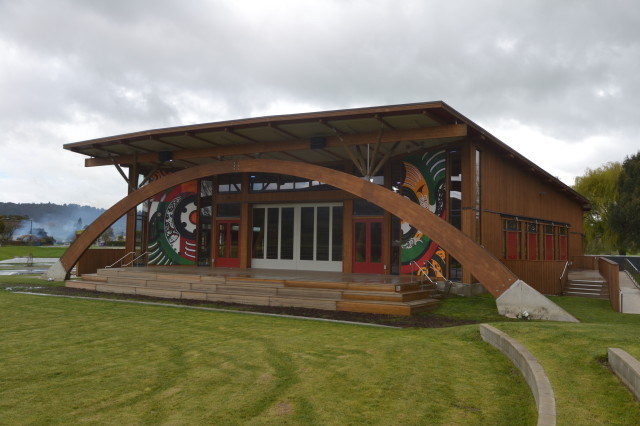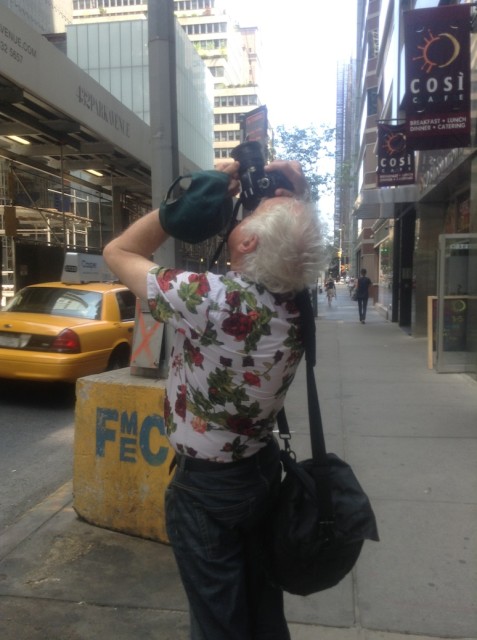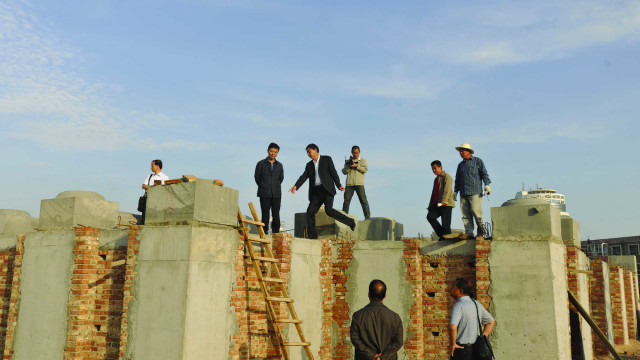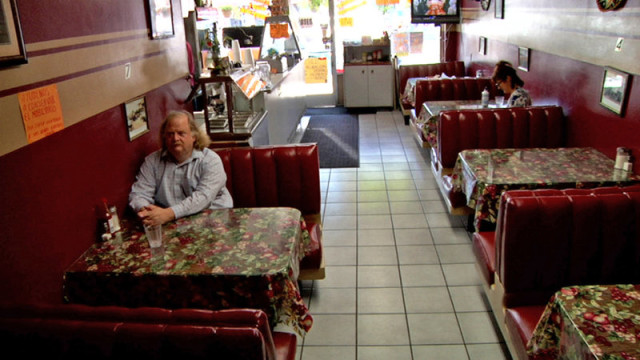An architectural review of the film festival
I missed the Architecture and Design Film Festival this year ‘cause I was doing some architectural photography of a different variety.
So I eagerly sniffed out any architectural offerings in this year’s New Zealand International Film Festival.
Life is too short to watch self-indulgent and depressing drama, so my programme was biased towards interesting and (hopefully) uplifting documentaries in which architecture was either explicit or inferred.
Top of the list was obviously Ever the Land the overview of the development and building of the new Tuhoe headquarters in Taneatua. I’m fortunate to have already visited the wonderful facility so I was especially interested in learning more. 
The film was beautifully shot and detailed the client aspirations and Tuhoe’s philosophy well. Director Sarah Grohnert’s dislikes interview-based documentaries so the story was told through a ‘fly on a wall’ style. It’s definitely worth checking out, however, throughout the film I noted the lack of coverage of the design process of this innovative building. Perhaps, the filmmaker came on board too late for that? However, Grohnert shared the reason for the omission in a somewhat blunt revelation during the question and answer session immediately following the screening I saw.
“It was boring,” she said. (Although she did have the good grace to say ‘Sorry Ivan’ referring to architect Ivan Mercep who died before the build was complete.)
A big disappointment for me. Rather than watching builders have little catastrophes on site (we get enough of that in dumbed-down television programmes like’ The Block’) I would have much preferred to hear the architect explain his critical thinking in this ground breaking design. I hope the footage is available for future research.
You couldn’t get further away from the clean beauty of Tuhoe country than Datong, touted as China’s most polluted city. In The Chinese Mayor Geng Yanbo, the Communist mayor in this Zhou Hao documentary, was obsessed with returning Datong back into the cultural capital it was in the 1600s. However the similarities with Ever the Land ended with the concept of a strong cultural history as the basis for new building.
Instead in The Chinese Mayor stressed the design philosophy behind the frenetic construction of the new city – or to be more accurate, the rampant demolition of the old city with only cursory consideration given to families whose homes interfered with Geng Yanbo’s vision.
The mayor, clearly a creative soul, was in a hurry and did not hold back on explaining his design vision for his city. A fascinating, albeit uncomfortable, 90 minutes.
Another frenetic city was showcased in a standout documentary City of Gold. Renowned Los Angeles food critic Jonathon Gold showed viewers a city he loves. One with a fine-grained real collection of people, places, small buildings and food activities. He dismantles our perception of that city as car saturated urban ugliness.
My favourite festival film however was set on the opposite coast. Iris about the life of fashion icon Iris Apsel. It’s not overtly architectural, but nevertheless is a triumph in that it demonstrates how one of the world’s most successful cities, New York, can support a 93-year-old bubbling creative human.
My final word on this year’s festival is reserved for animated Danish short Me and my Moulton. A little girl desperate for a bicycle narrates the film. Not immediately architecturally until she lets slip that her design-obsessed parents are modernist architects. This narration is accompanied by a dinner table scene in which the three-legged, very designer-looking chairs collapse.
The audience laughed. The architectural low point of the festival.



